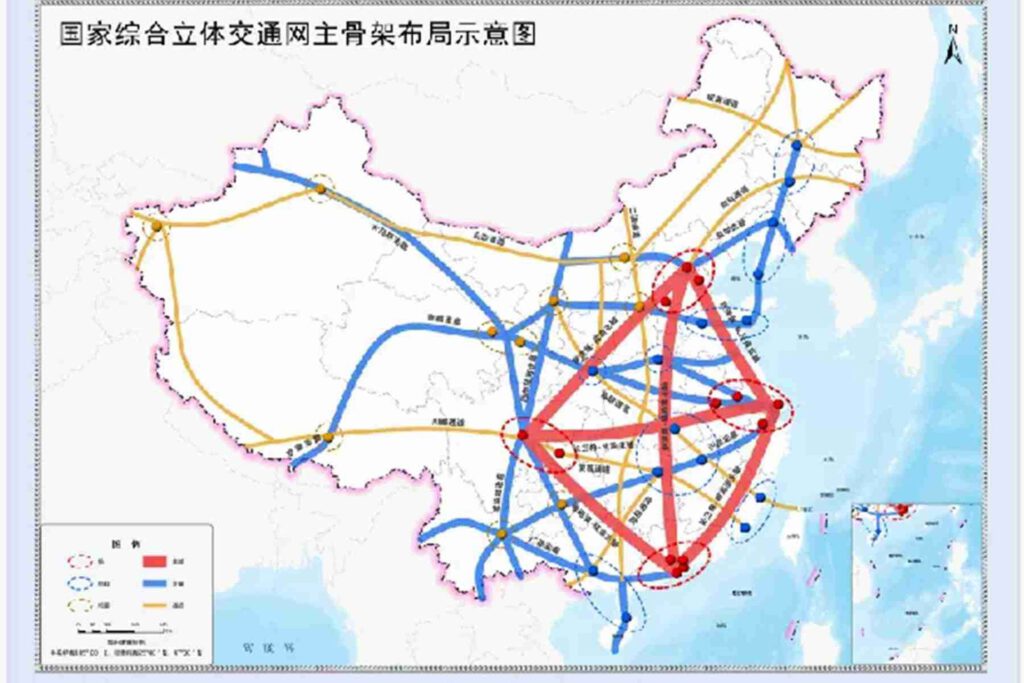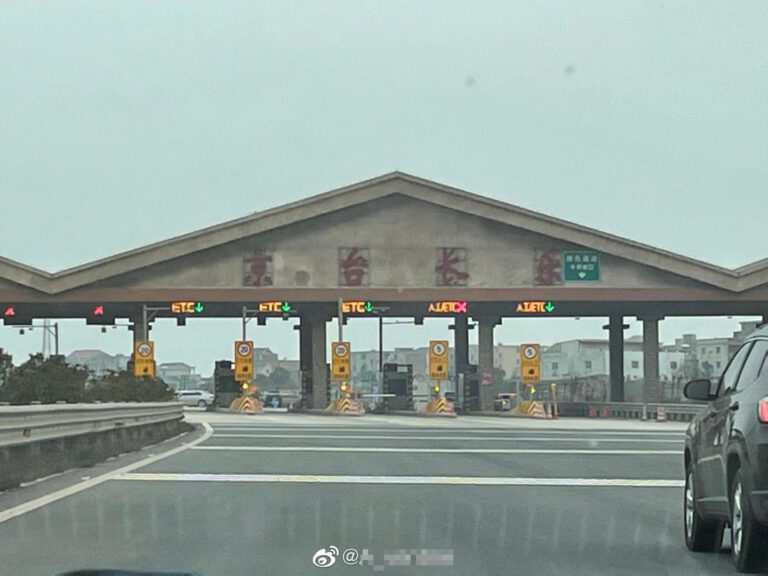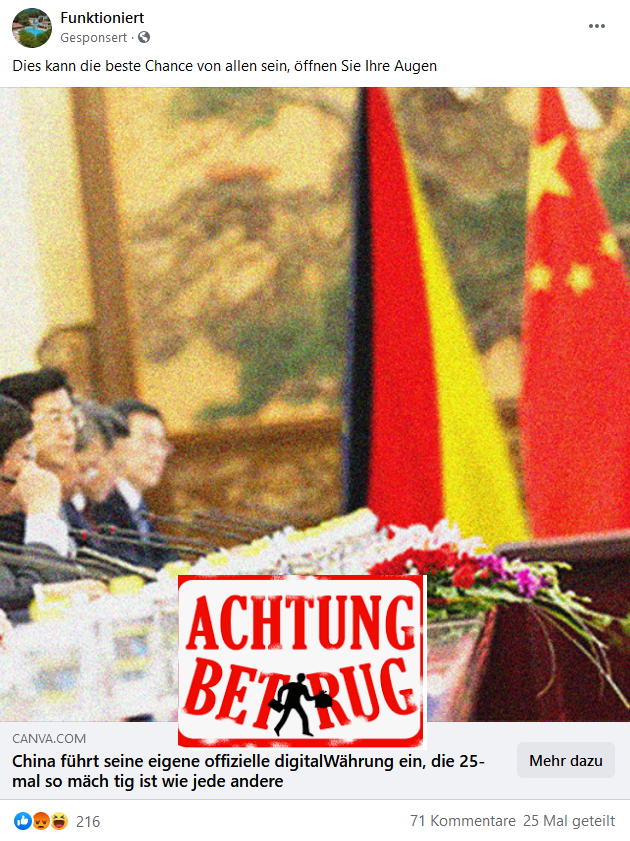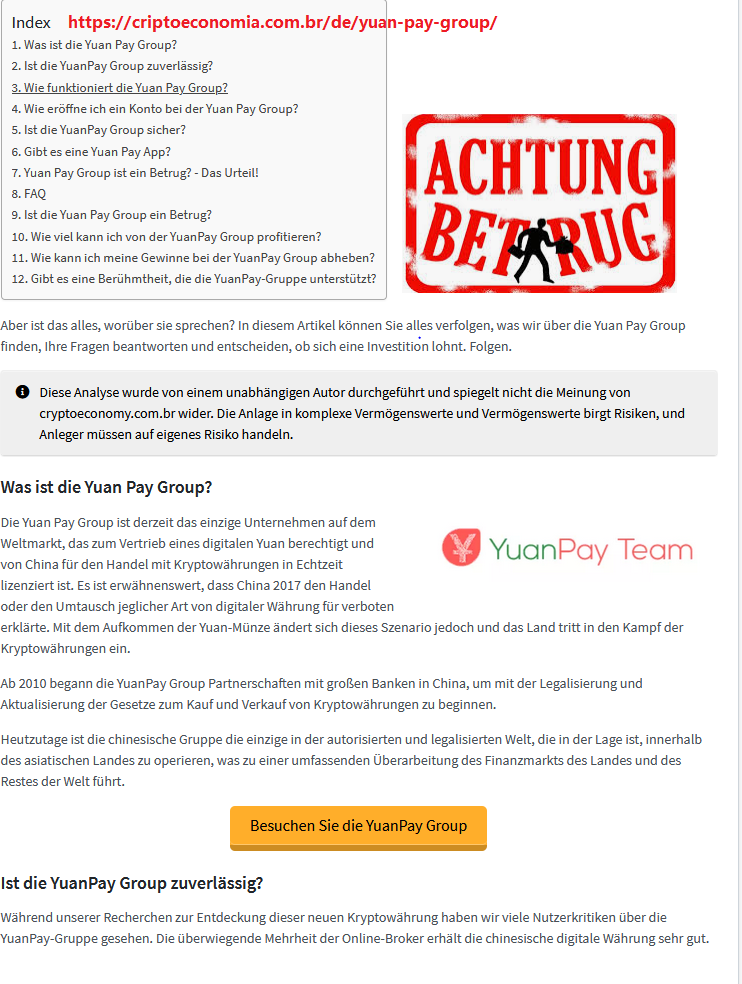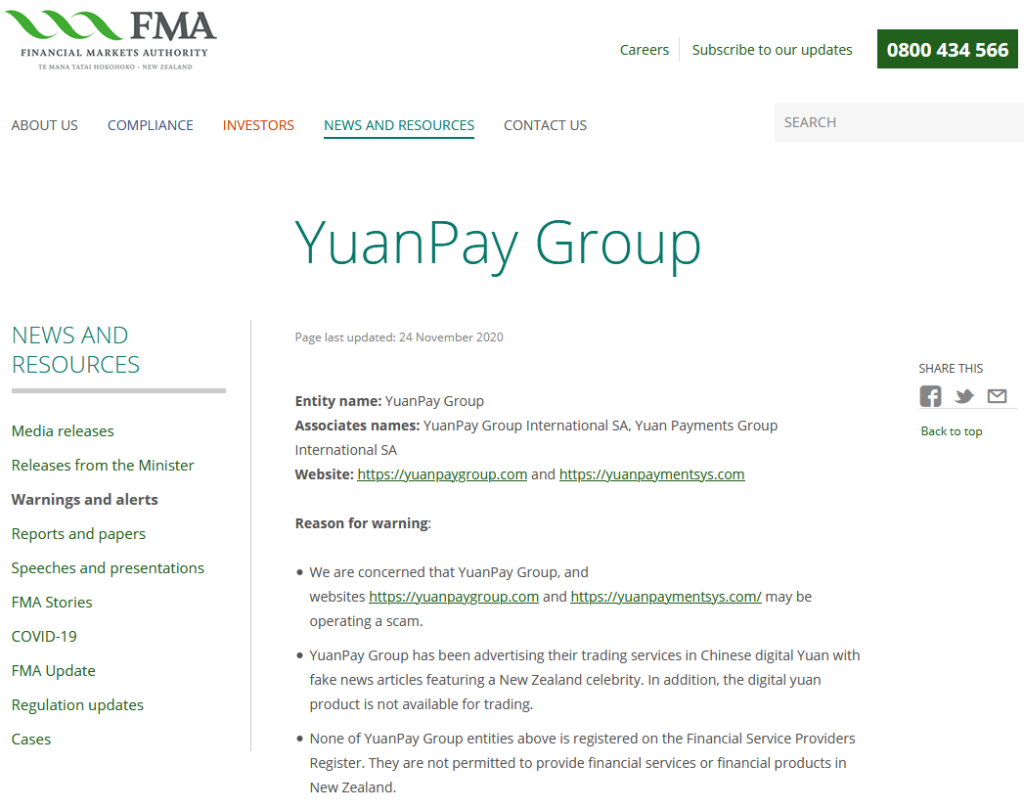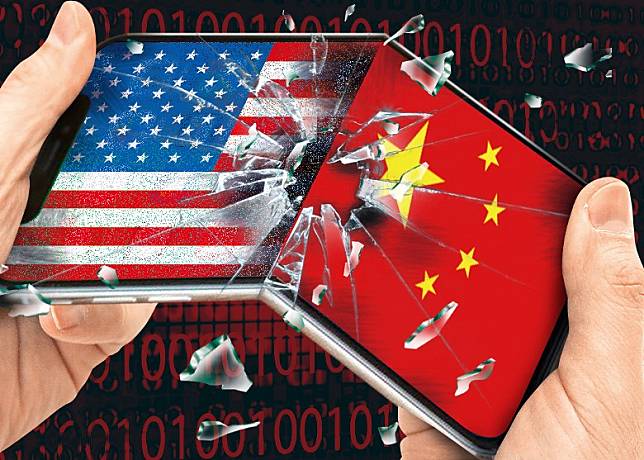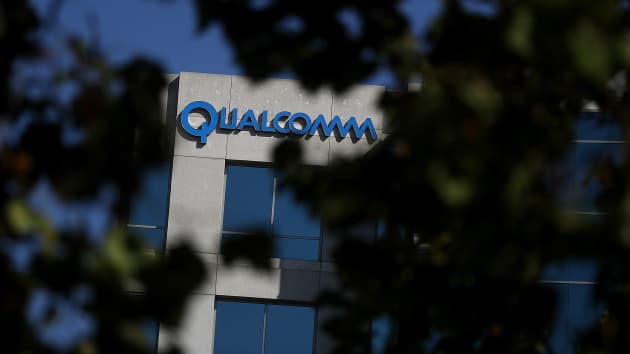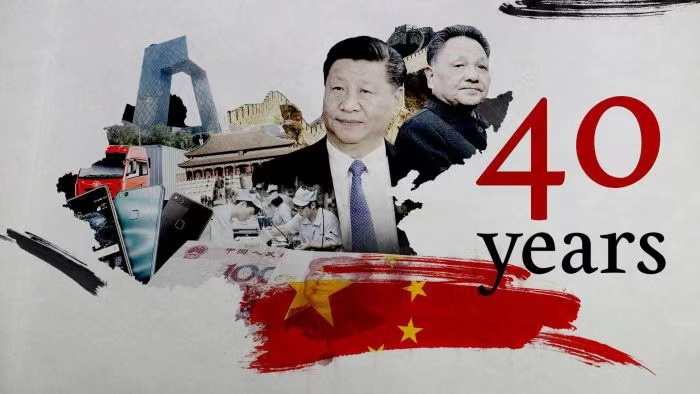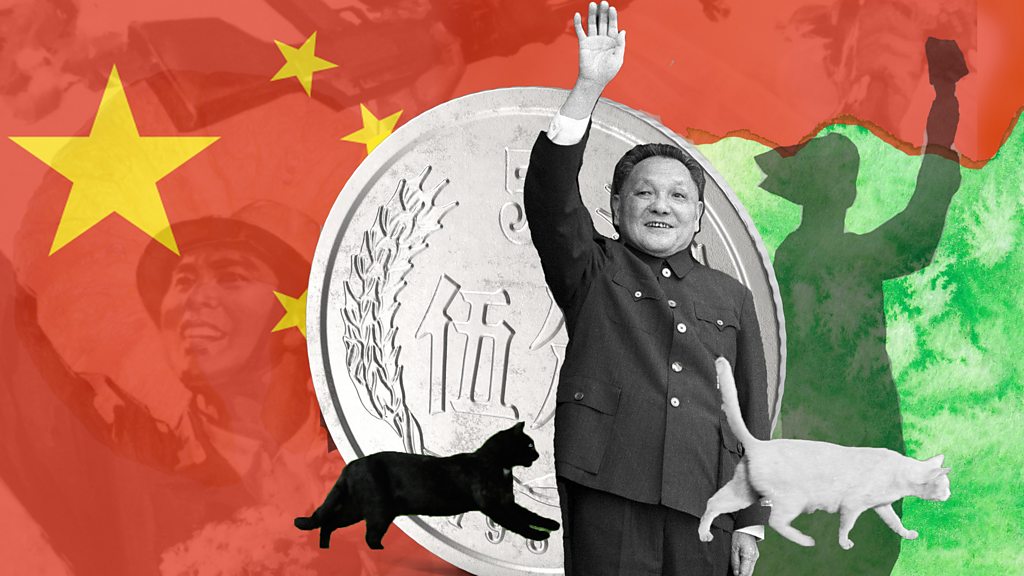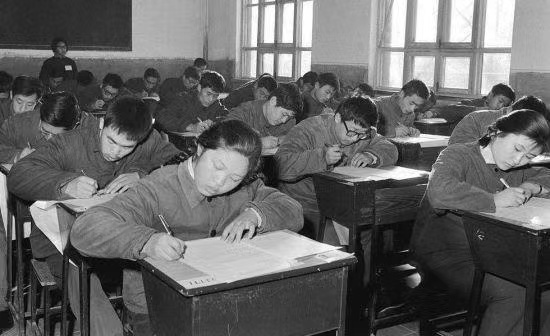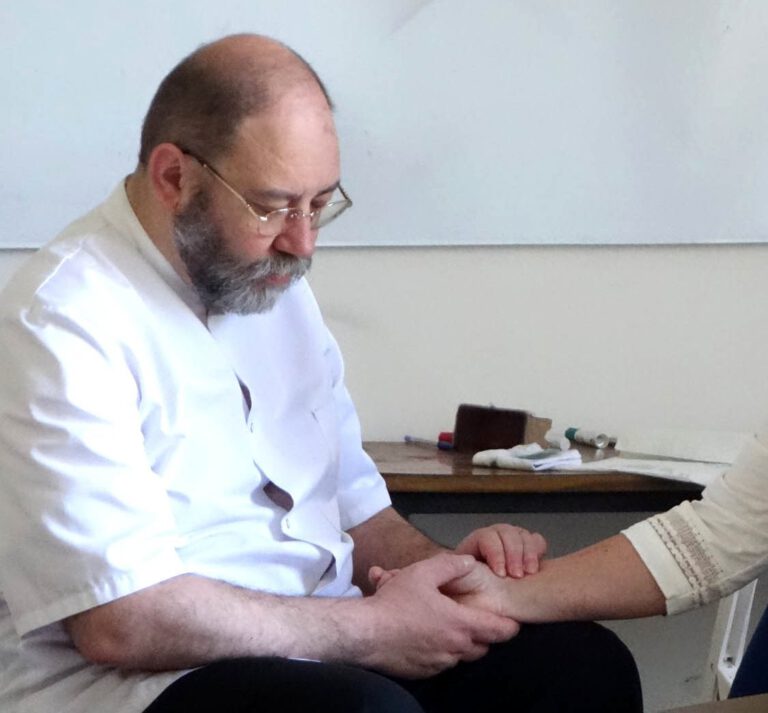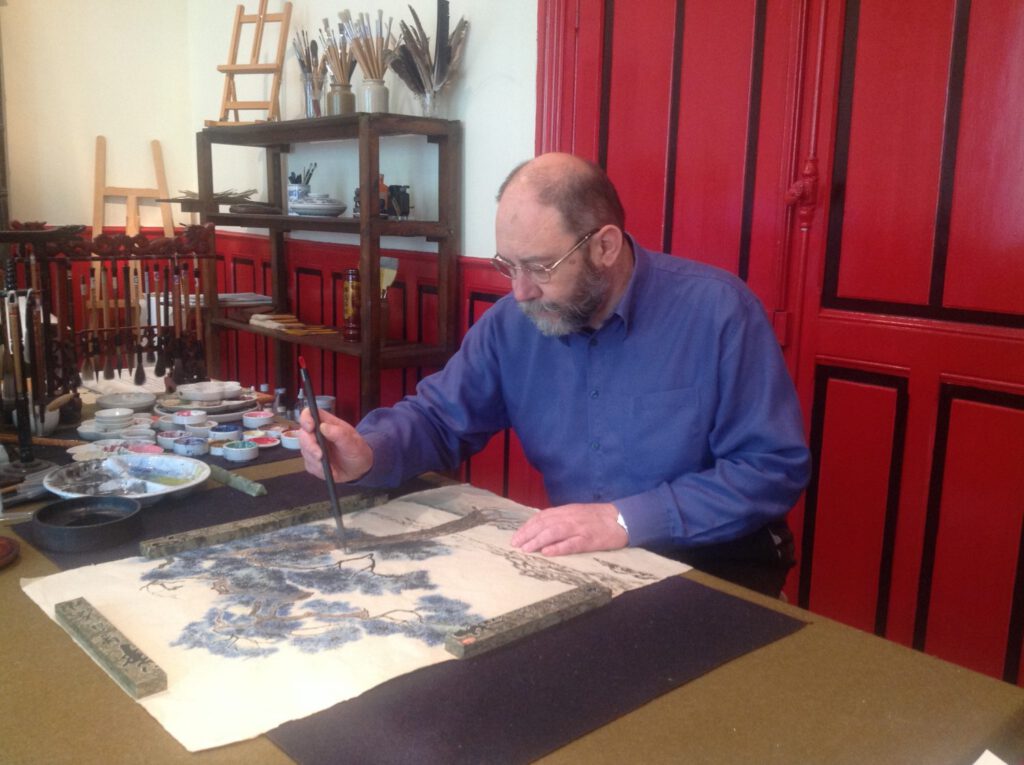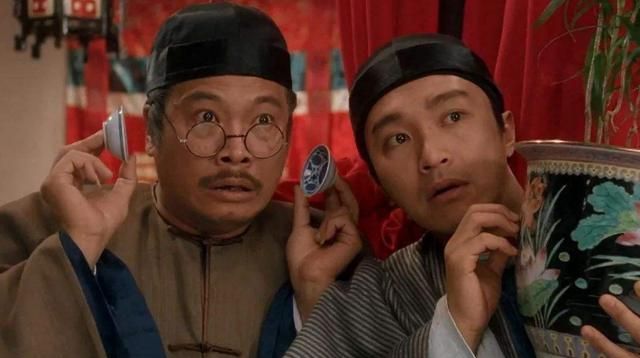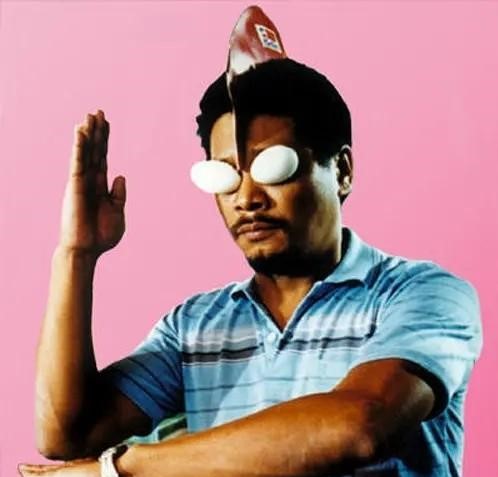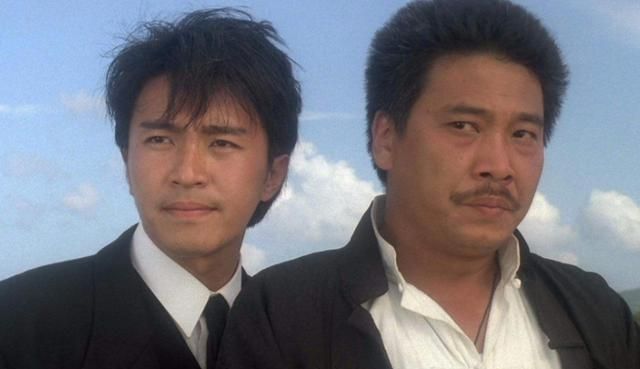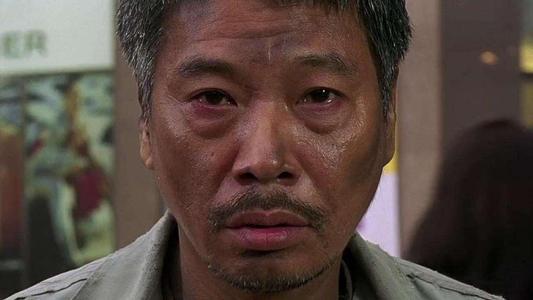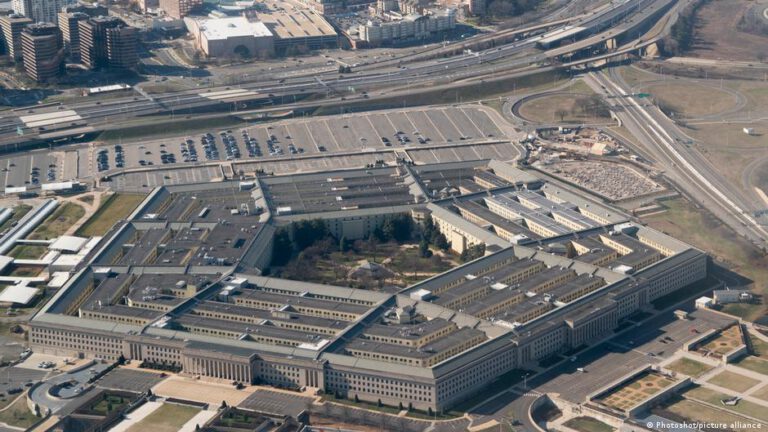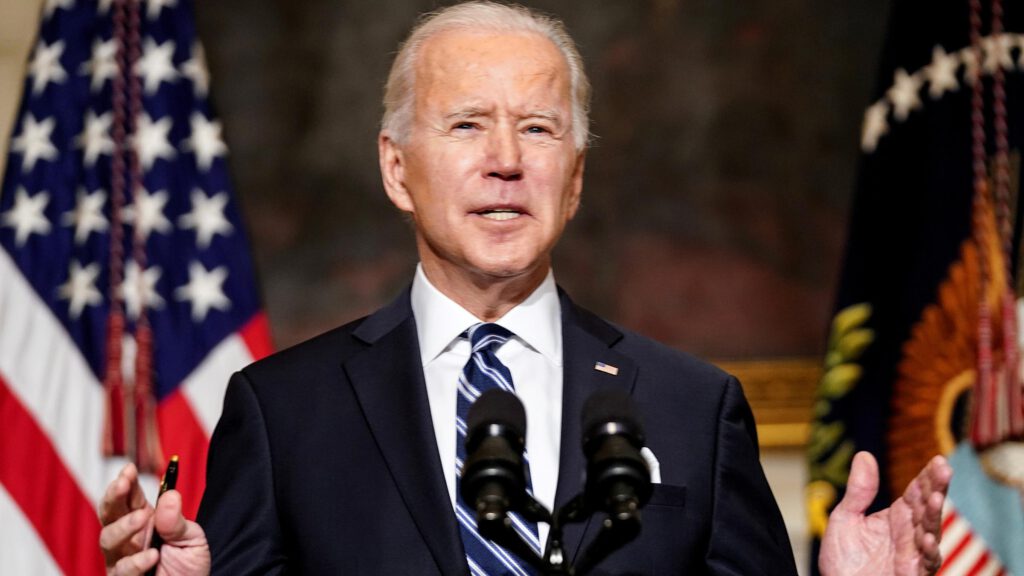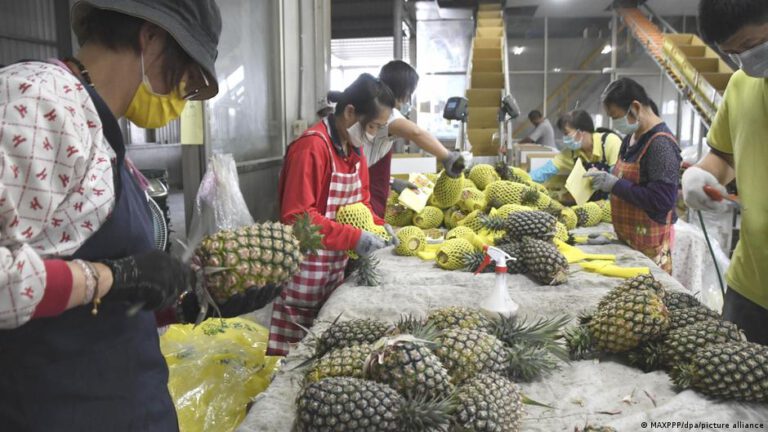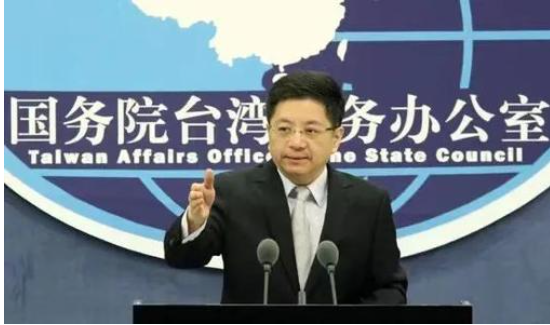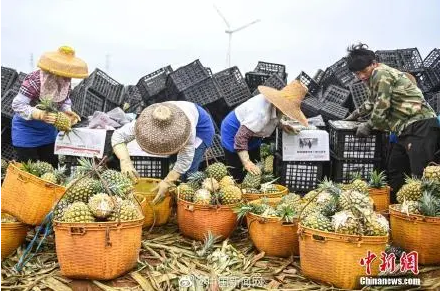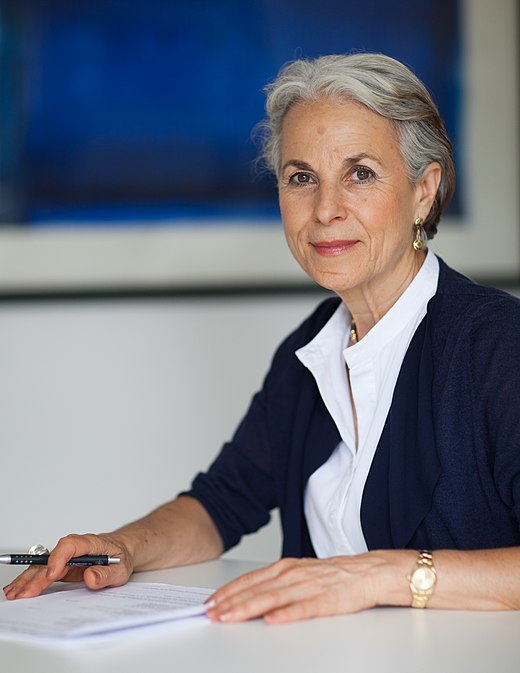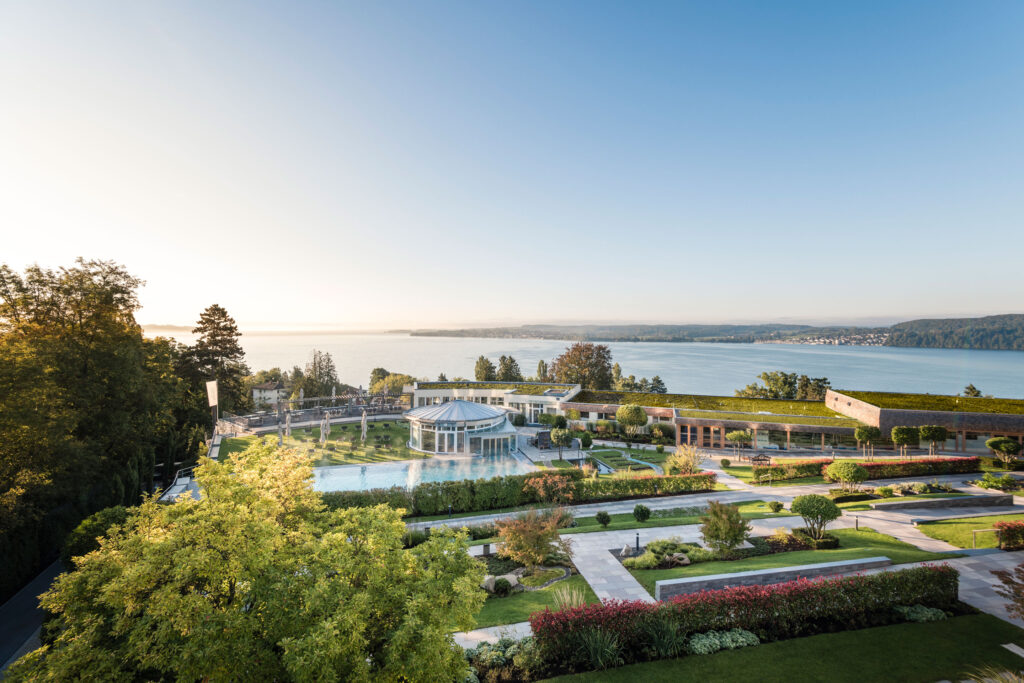Nein, die chinesische Medizin ist nicht „traditionell“ wie die Vermarktung der „echten“ spanischen Chorizo. Nein, sie ist nicht nur eine Ergänzung zur westlichen, vermeintlich wissenschaftlichen und überlegenen „Schulmedizin“. Und nein, sie ist auch nicht nur präventiv… Der größte europäische und vielleicht auch westliche Spezialist für chinesische Medizin, der französische Arzt Éric Marié, hilft uns in dieser Serie, die der chinesischen Medizin in Europa gewidmet ist, mit den Klischees aufzuräumen, die verhindern, dass die Spezialisten dieser uralten, aber auch sehr modernen Therapien unter offiziellen und anständigen Bedingungen arbeiten können, mit der Anerkennung ihres Status, ob chinesisch oder europäisch.
Éric Marié hat einen Doktortitel in chinesischer Medizin (Nanchang, China) und einen Doktortitel der École des Hautes Études en Sciences Sociales (Paris, Frankreich).
1992 wurde er zum Professor und dann zum Direktor einer Forschungseinheit an der Fakultät für Chinesische Medizin von Jiangxi ernannt. Er ist Präsident des französischen akademischen Rates für chinesische Medizin (CAFMC).
Ist die chinesische Medizin „wissenschaftlich“?
LHCH: Die aktuelle Pandemie erschüttert das Wissen der Virologen und Ärzte. Also improvisieren wir „Experten“. Statistiken werden angehäuft, Impfstoffe werden eilig produziert. Während die Öffentlichkeit angesichts dieser technisch-wissenschaftlichen Fehlschläge, die die „Vertrauenskrise“ in chemische Medikamente weiter vertiefen, ziemlich ratlos ist, erinnern Sie die Menschen gerne in aller Ruhe daran, dass die Medizin vor allem eine Kunst ist.
Éric Marié: Jegliche Spielart der Medizin ist eine Heilkunst. Eine Kunst am Schnittpunkt zahlreicher gründlich studierter Erkenntnisse, die die gelehrtesten Vertreter der jeweiligen Richtung erworben haben. Aber die Medizin selbst ist keine Wissenschaft an sich.
LHCH: Auch die westliche Medizin nicht?
Éric Marié: Die westliche Medizin, ob konventionell oder „Biomedizin“, ist eine Disziplin, die sich auf Biologie, Chemie, Mathematik, Statistik usw. stützt … Aber keine dieser Disziplinen ist die Medizin. Die Medizin ist in gewisser Weise rational, aber diese Wissenschaften sind nur Techniken für die Medizin, die der Beruf oder die Kunst ist, einen Patienten zu beobachten, eine Diagnose zu erstellen, den Patienten zu behandeln oder einer Pathologie vorzubeugen.
LHCH: Chinesische Ärzte haben auf unseren Seiten bereits von den Erfolgen ihrer Praxis, manchmal kombiniert mit westlicher Medizin, in Wuhan berichtet. Auch die WHO erkennt den Nutzen dieses neuen Ansatzes an. Doch diese Wirksamkeit der chinesischen Medizin, sagen Kritiker, „ist nie wissenschaftlich bewiesen worden“.
Éric Marié: Die Art und Weise, sich der Krankheit zu nähern, insbesondere mit diesem Virus, ist nicht die gleiche. Wir betrachten sie mit unserem globalen Ansatz für den Körper. Aber lassen Sie uns zunächst über die Wissenschaft sprechen. Haben Sie den wissenschaftlichen Beweis dafür, dass Sie existieren, hier und jetzt?
LHCH: Ahaha, nein!
Éric Marié: Trotzdem stellen Sie mir Fragen. Das Reale braucht nicht immer wissenschaftliche Beweise. Und umgekehrt haben nicht alle wissenschaftlichen Erkenntnisse immer zur „Realität“ geführt. Wie viele sind in der europäischen Wissenschaftsgeschichte bereits widerlegt worden? Außerdem ist es eine Sache, die Geschwindigkeit eines Elektrons zu messen. Die Physik ist eine sogenannte „exakte“ Wissenschaft. Nehmen Sie dagegen zum Beispiel den internationalen Handel. Unterliegt er unumstößlichen wissenschaftlichen Gesetzen? Oder doch eher praktischen Regeln?
LHCH: In der Tat. Die Volkswirtschaftslehre ist trotz ihrer Versuche der mathematischen Modellierung keine exakte Wissenschaft … Und für Sie wäre der menschliche Körper so etwas wie die Welt des internationalen Handels?
Éric Marié: Laut den Chinesen gehorcht der Körper Regeln und Abläufen, ja, wie im internationalen Handel! Der Körper wird als etwas Globales und Komplexes gesehen. Nicht wie ein Automotor, mit spezifischen Funktionsteilen, die von einem Mechaniker repariert werden können.
LHCH: Beziehen Sie sich auf die westliche Medizin, in der Krankheit als ein Problem mit einem einzelnen Organ gesehen wird, wie ein einzelnes fehlerhaftes Teil in einem Motor?
Éric Marié: Ohne zu karikieren, können wir sagen, dass dies zwei sehr unterschiedliche Vorstellungen vom Körper sind, ja. Die chinesische Medizin sieht den Körper als Ganzes und gleichzeitig als individuelles Ganzes, das in seiner Komplexität zu verstehen ist. Wir können einen Menschen nicht objektivieren, ihn in einen Automotor verwandeln. Die chinesische Medizin kombiniert und nutzt das Wissen auf eine Art und Weise, die relevant und an die Person angepasst ist.
ARCHITEKTUR
LHCH: Weder exakte Wissenschaft noch Mechanik, sondern ein Beruf, also eine Kunst.
Éric Marié: Ich sollte präzisieren, dass ich nicht über die Kunst des Aquarells spreche … Aber nehmen Sie zum Beispiel die Architektur. Sie ist eine Kunst, muss sich aber auf Materialwissenschaft, Trigonometrie, Chemie, Klimatologie usw. stützen. Wenn Sie ein 40 Meter hohes Gebäude oder eine Brücke über den Rhein bauen müssen, brauchen Sie ein ebenso solides Wissen.
LHCH: Es gibt chinesische Architektur ebenso wie europäische und indische Architektur. Gilt für die Medizin das gleiche? Kann man dann davon sprechen, dass die eine besser ist als die andere?
Eric Marié: Zunächst einmal nein. Es gibt allerdings Unterschiede beim Wissensstand, je nach Beständigkeit der schriftlichen Überlieferung, eines soliden theoretischen Korpus, der jahrhundertealten Treue gegenüber Denkern oder Gelehrten dieser Tradition, der Institutionalisierung dieser Praktiken und schließlich, je nach geographischer Ausdehnung dieser Medizin, soweit sie sich etabliert hat.
LHCH: Die konventionelle westliche Medizin fasst jegliche sogenannte „alternative“ Medizin hochmütig unter dem für sie bequemen Begriff der „traditionellen Medizin“ zusammen.
Éric Marié: Wir werden später über diese Bezeichnung „Traditionelle Chinesische Medizin“ oder TCM sprechen. Aber befassen wir uns noch ein wenig mit dem Thema westlicher Ethnozentrismus. Ja, wir gelten als die einzigen Vertreter der wissenschaftlichen Rationalität auf der Welt. Und würde sich diese europäische Wissenschaft anmaßen, über die Rationalität aller anderen Kulturen zu urteilen?
LHCH: Jede Kultur oder Zivilisation hat ihre eigene Form der Rationalität. Aber verfallen wir hier nicht in einen Relativismus?
Éric Marié: Die chinesische Medizin basiert wie andere Arten von Medizin auch auf rationalen Elementen, die bei der Behandlung des Körpers nützlich sind. Weit über das einfache „es funktioniert“, über die pragmatische Wahrheit hinaus, die eine Zeit lang auch laienhaft wiedergegeben werden kann oder die eine rein empirische Erkenntnis aufzeigen kann. Die chinesische Medizin basiert auf Lernerfahrungen. Sie baut auf einem enormen theoretischen Korpus mit zweitausendjähriger erkenntnistheoretischer Kontinuität auf, ohne erkenntnistheoretische Brüche wie bei uns. Auch heute noch bleibt sie einigen Gründungstheorien wie der Idee der „Ganzheitlichkeit“ treu. Das Konzept der „Ganzheitlichkeit“ der chinesischen Medizin oder „zhengti guannian“ besagt: Der Körper ist ein Ganzes; dieser Körper ist Teil des großen Ganzen der Natur und ihrer Zeit (chrono-bio), und schließlich gibt es noch ein psycho-somatisches Ganzes.
LHCH: Und die berühmte Qi-Theorie?
Éric Marié: Das Qi wird seit 2000 Jahren immer als ein Prinzip der Energieregulierung usw. gesehen.
LHCH: Wir werden sehen, wie diese Kohärenz zur „chinesischen Welt“ und zur Ausdehnung dieser chinesischen Welt in die „Sinosphäre“, über die Grenzen Chinas hinaus, gehört. Fassen wir aber jetzt diesen ersten Teil zusammen. Die chinesische Medizin ist genauso gelehrt (kunstfertig) wie die westliche Medizin, aber sie basiert auf einer anderen philosophischen Tradition, einer anderen „ Rationalität“.
Éric Marié: Ja. Aber meiner Meinung nach geht es bei wohlverstandener Medizin auch um Moral, Respekt vor dem anderen, Ethik und sogar um Schönheit.
